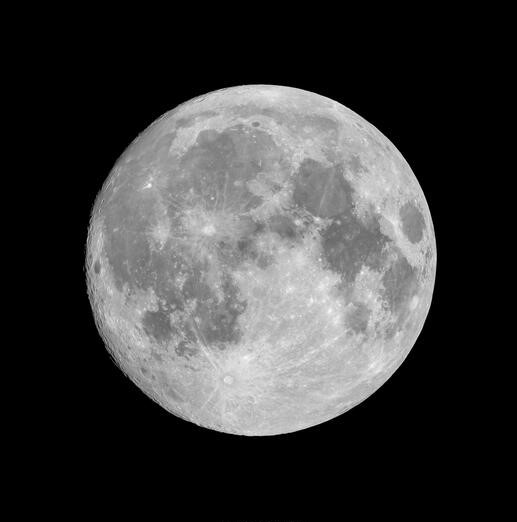Short History and Description of the Moon
Authors: DT Smith, SB DiPietro
DiPietro Hypothesis
The Moon is from no planet’s collision with Earth. Our Moon is a product of the melt off of Hyperion, our Sun. The Moon is from the molten Umbilical that attached the Earth to Hyperion, our Sun, when it separated. Hyperion is a Greek God “he who goes before” and father of the Sun. The Moon will have two Bellybuttons at its antipodal points. One is the South Pole Aiken Basin and its antipodal point is Mare Imbrium. The South Pole Aitken Basin is not an impact crater, it is the Bellybutton scar from the Umbilical detaching and the other Bellybutton scar is Mare Imbrium. These two Bellybuttons are solid proof the DiPietro Hypothesis is correct and the Giant Impact Theory is wrong.
The Moon was a complete molten sphere of stardust plasma from the Umbilical which was from the lithosphere of Earth. That will be explained in another paper. For the Moon to become completely round it was in a molten form as it contracted from the Umbilical and as it cooled, leaving thousands of stardust “mud” craters from the internal water steam rising to the surface as the gravity from the Earth pulled on the nearside and the Sun’s gravity pulled on the farside. The reason there are so many craters on the farside of the Moon is that the Sun’s gravity pulled the heated water out of this molten sphere to create thousands of “mud” craters on the far side of the Moon. The Mares of the Moon’s nearside were created by lighter minerals and elements embedded in this stardust plasma of the Moon. This concoction of minerals and elements were driven to the surface of the Moon from the interior of this heated up molten plasma sphere, while the heavier elements, nickel and iron accreted to the center of the Moon and formed the Moon’s core. This molten sphere of heated-up plasma surfaced all the internal water and lighter elements to the exterior of the Moon creating Mares on the nearside. This expulsion of material to the surface of the Moon created 75% of the craters and Mares on the Moon. Only 25% of the craters on the Moon are Impact Craters and 75% of the craters are stardust “mud” craters.
There was never any volcanism or lava on the Moon from volcanoes!
D.T. Smith and S.B. DiPietro
Short History and Description of the Moon
The Creation of Our Solar System and Life on Earth
DiPietro Hypothesis
Copyright 2024


I like the valuable info youu supply to your articles.
I will bookmark your weblog and take a look at again right here regularly.
I am rather certain I will be informed many new stuff right here!
Good luck for the next! https://evolution.org.ua
Just here to join conversations, share thoughts, and learn something new throughout the journey.
I enjoy understanding different opinions and contributing whenever I can. Happy to hear fresh thoughts and connecting with others.
Here is my website:https://automisto24.com.ua/